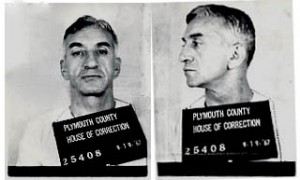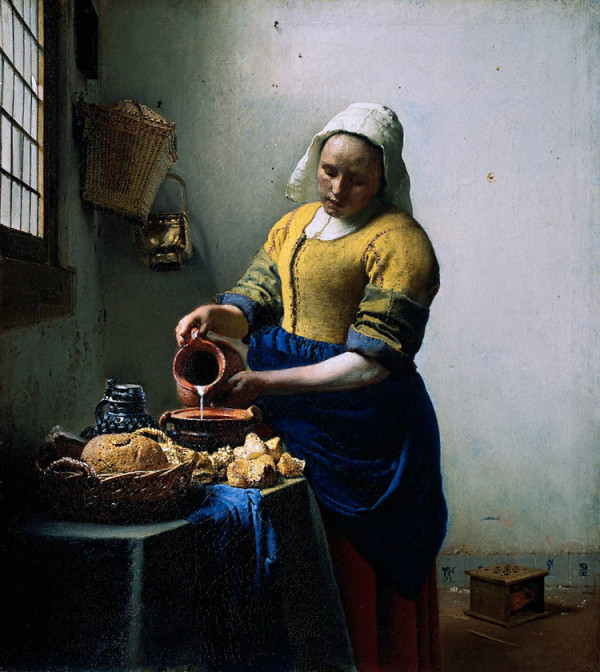Jonah Lehrer on the neuroscience of how our brains process the words we read and how that process will be affected by ebooks:
… most complaints about E-Books and Kindle apps boil down to a single problem: they don’t feel as “effortless” or “automatic” as old-fashioned books. But here’s the wonderful thing about the human brain: give it a little time and practice and it can make just about anything automatic. We excel at developing new habits. Before long, digital ink will feel just as easy as actual ink.
Interesting: the technology of ebook readers will improve, but so will our brains’ ability to use them.

